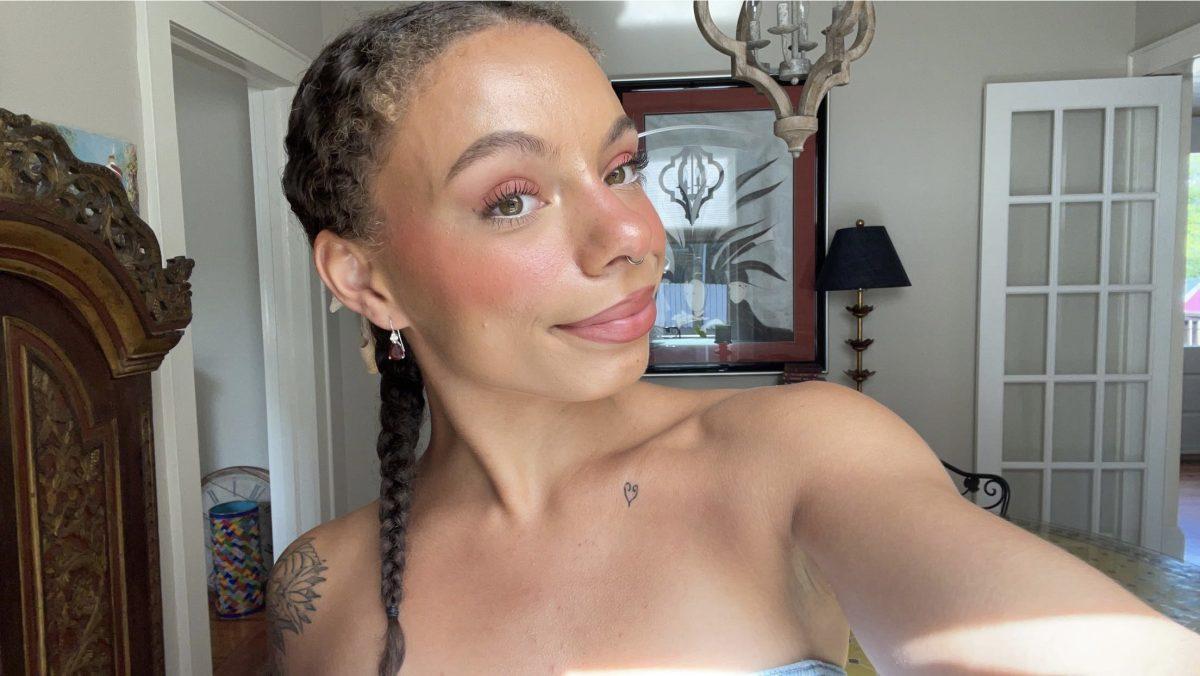Growing up, I rarely saw people that looked like me in TV shows and movies I liked to watch. I watched Disney a lot, and I was already seven years old when the first Black princess was introduced. It’s nearly 13 years later, and Disney is still in the stage of trying to meet acceptable standards of racial representation.
It was recently announced that Halle Bailey, a Black woman, will be playing Ariel in the live action remake of “The Little Mermaid.” This is a hopeful step in the right direction for media representation at Disney, but it doesn’t change the company’s long history of racial stereotyping and exclusion in its films.
After its debut with “Snow White” in 1937, it took Disney over 80 years to give its young and impressionable audience Black representation with “The Princess and the Frog.” Even then, Princess Tiana isn’t presented in the same manner as her white counterparts. Tiana’s storyline is the only one driven by financial hardship, whereas Cinderella, Aurora, Snow White and Ariel are born into wealthy families. With Tiana working two jobs and her mother cleaning houses, these women fall into the stereotype of the “Black servant” that history has associated with Black womanhood.
Not only is Tiana represented in a way that strips her of her femininity, but she’s also represented in a way that strips her of her humanity –– literally. Less than 30 minutes into the film, Tiana is transformed into a frog and spends the majority of the film in that state. The first time Black children saw themselves as a princess was quickly ripped away. In fact, the only Black character that stays Black the entire film is the villain.
On top of this, the film is set in the 1920s Jim Crow South, yet it doesn’t acknowledge the racial implications of the time. Obviously, the white directors who planned the movie don’t understand the Black experience, but that doesn’t give them justification to make the only Black princess an animal. It seems like they thought introducing a Black princess, regardless of if she is human or not, would make up for Disney’s racist track record with other films like “The Jungle Book,” where King Louie has been accused of being a racist caricature of a Black person, or “Dumbo,” where a leader of a group of crows is called Jim Crow.
However, it’s clear Disney doesn’t truly care as much about Black representation as they let on. Eleven years after Princess Tiana spent three-fourths of her film as a frog, Disney-Pixar Studios did something similar yet again.
The 2020 film “Soul” focuses on the character Joe Gardner, a Black pianist and music teacher. For most of the film, his body is inhabited by the spirit of a character called 22 who is played by white actress Tina Fey. Ironically, Joe Gardner’s body is “colonized” by whiteness while he takes the form of a cat. Another example of white voice actors taking over Blackness lies in “The Lion King” where Moira Kelly voices Nala, and Jonathan Taylor Thomas and Matthew Broderick voice young and old Simba. While children cannot see white people are behind these characters, it’s a testament to the lack of effort Disney has put forth in diverse representation.
Some would argue Disney is taking steps now to undo the harm they have caused with racist films and to diversify their character repertoire. For example, Disney+ has recently added disclaimers before movies such as “Peter Pan,” “Dumbo” and “Aladdin” that state Disney’s disapproval for the blatant racism in the movies. However, a warning statement isn’t enough. It doesn’t erase the franchise’s racist history, and it certainly doesn’t show signs of active change in modern films.
If Disney really wants to make up for their mistakes, they need to rely on more than performative statements and the occasional Black lead.
While Disney can’t undo the past, they can make efforts to continue expanding diversity both on and off screen. They can hire voice actors that actually identify with the characters they are playing. They can hire cultural consultants to avoid making tone-deaf statements or stereotypes in films as they have a history of doing. They can make sure people of color actually remain people for the entirety of their films. They can make sure Halle Bailey isn’t the last person of color to lead in a movie.
As a child, I know it would have helped me embrace my Blackness had I not been met with racist and exclusive media. Hopefully, the live action remake of “The Little Mermaid” is just the beginning of a new trajectory for Disney in the realm of representation and inclusivity.














